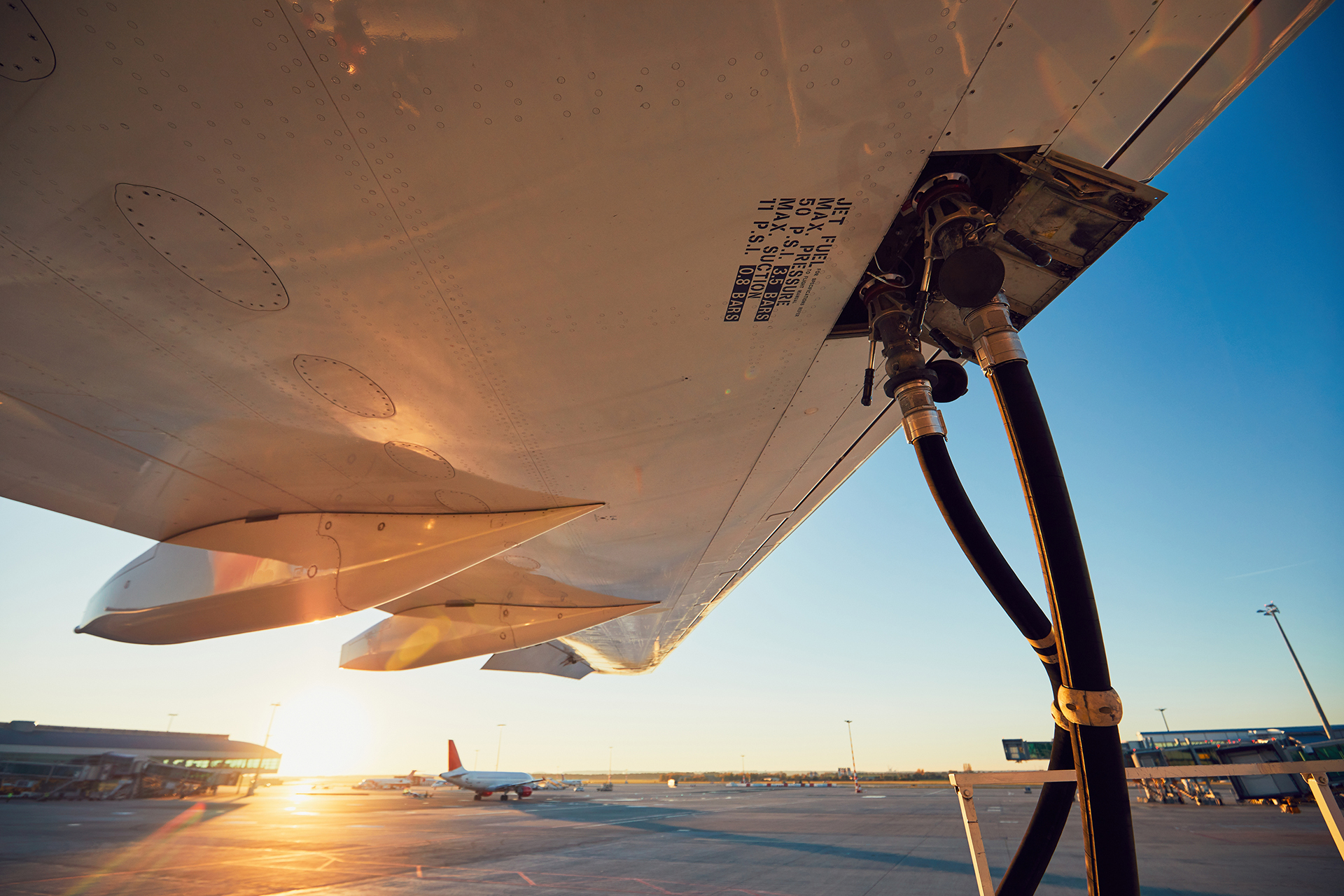Sustainable aviation fuel (SAF) plays a central role in achieving the air transport industry’s net-zero carbon emissions by 2050. SAF is a drop-in solution available today that can be deployed at scale as per IATA’s net zero roadmaps.
To achieve this shared goal, airlines are adopting a proactive stance. They are setting internal SAF uptake targets and entering into offtake agreements with SAF producers and fuel suppliers.
Since the first commercial SAF offtake in 2013, 81 airlines worldwide have publicly announced 170 deals, and nearly 40% of these airlines have announced more than one agreement.
Airlines play a key role in supporting SAF project development by entering into offtake agreements. Securing demand helps reduce financial risk and boost investor confidence, especially for the new technologies setting up first-of-a-kind SAF facilities.
The airline’s engagement extends beyond the established Hydro-processed Esters and Fatty Acids-based SAF (HEFA). While around 60% of agreements involve HEFA, the remaining 40% support emerging SAF technologies.
Specifically, Fischer-Tropsch (FT) accounts for 11%, followed by Power-to-Liquid (PtL) at 10% and Alcohol-to-Jet (AtJ) at 8%. This way, airlines directly support the diversification of SAF feedstocks and the scale-up of emerging production technologies.
Although airline involvement in SAF agreements continues to grow, the length of these deals is shortening. Until 2023, the average announced duration exceeded six years, but since January 2024, it has fallen to just over two years. This shift reflects the expected increase in HEFA capacities worldwide and the more appealing price for HEFA relative to SAF produced through new technologies.
The absence of prolonged policy certainty to mitigate the risks associated with long-term agreements for emerging production technologies further explains this trend. Robust policy support and its certainty would enable airlines to evaluate longer-term agreements and consequently help accelerate the diversification of SAF production technologies.
The IATA Economics weekly Chart of the Week reports provide data-driven insights on current topics related to the aviation industry.



